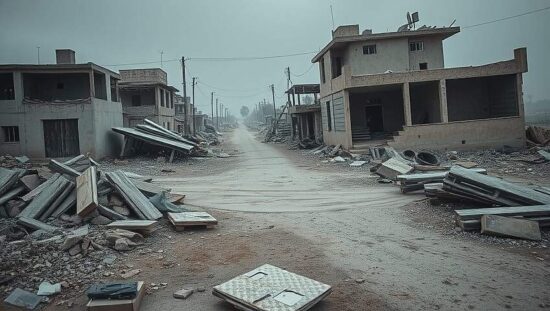The fragile ceasefire agreement for the Gaza Strip, implemented on Friday, appears to be holding, although its long-term viability remains deeply uncertain. Reports from Al-Jazeera indicate a significant influx of Palestinian civilians are returning to the northern Gaza Strip, an area largely reduced to rubble following months of intense conflict. This movement marks the initial stage of the agreement, predicated on a partial withdrawal of Israeli forces as part of the negotiated terms with Hamas.
However, the nascent peace is accompanied by a surge of political complexities and potential pitfalls. Palestinian factions, including Hamas, have emphatically declared that any decisions regarding the future governance of Gaza are an “internal affair” resisting external influence and asserting the right to self-determination. This stance directly challenges the stated goals of numerous international actors, particularly Israel and the United States, who have consistently advocated for a restructured administrative framework.
Adding further complexity, the agreement’s provision for the disarmament of Hamas, outlining a process where weapons are to be transferred to a future Palestinian government, raises serious questions about the feasibility and sincerity of the process. Critics suggest this could inadvertently bolster the future authority’s military capacity, potentially exacerbating regional instability. Concerns linger regarding the possibility of a resurgence in militant activity if weapons remain within Palestinian control.
U.S. President Donald Trump has publicly stated his expectation that remaining hostages held by Hamas will be released by Monday, setting a 72-hour timeframe following the ceasefire’s commencement. This deadline, coupled with the looming prospect of a “peace celebration” in Sharm el-Sheikh, Egypt – an event reportedly to be attended by the German Chancellor – introduces a performative element to the proceedings. The legitimacy and impact of such a ceremony will heavily rely on whether the release of hostages adheres to the stipulated timeframe.
The current situation represents a delicate juncture, potentially laying the groundwork for a fragile and complex new phase in the Israeli-Palestinian conflict. The long-term implications hinge on the adherence to the agreement’s provisions, the commitment of all parties involved to genuine dialogue and the ability to navigate the inherent power imbalances that contribute to ongoing instability. The carefully constructed façade of peace, however, risks shattering if underlying grievances and structural inequalities remain unaddressed.





